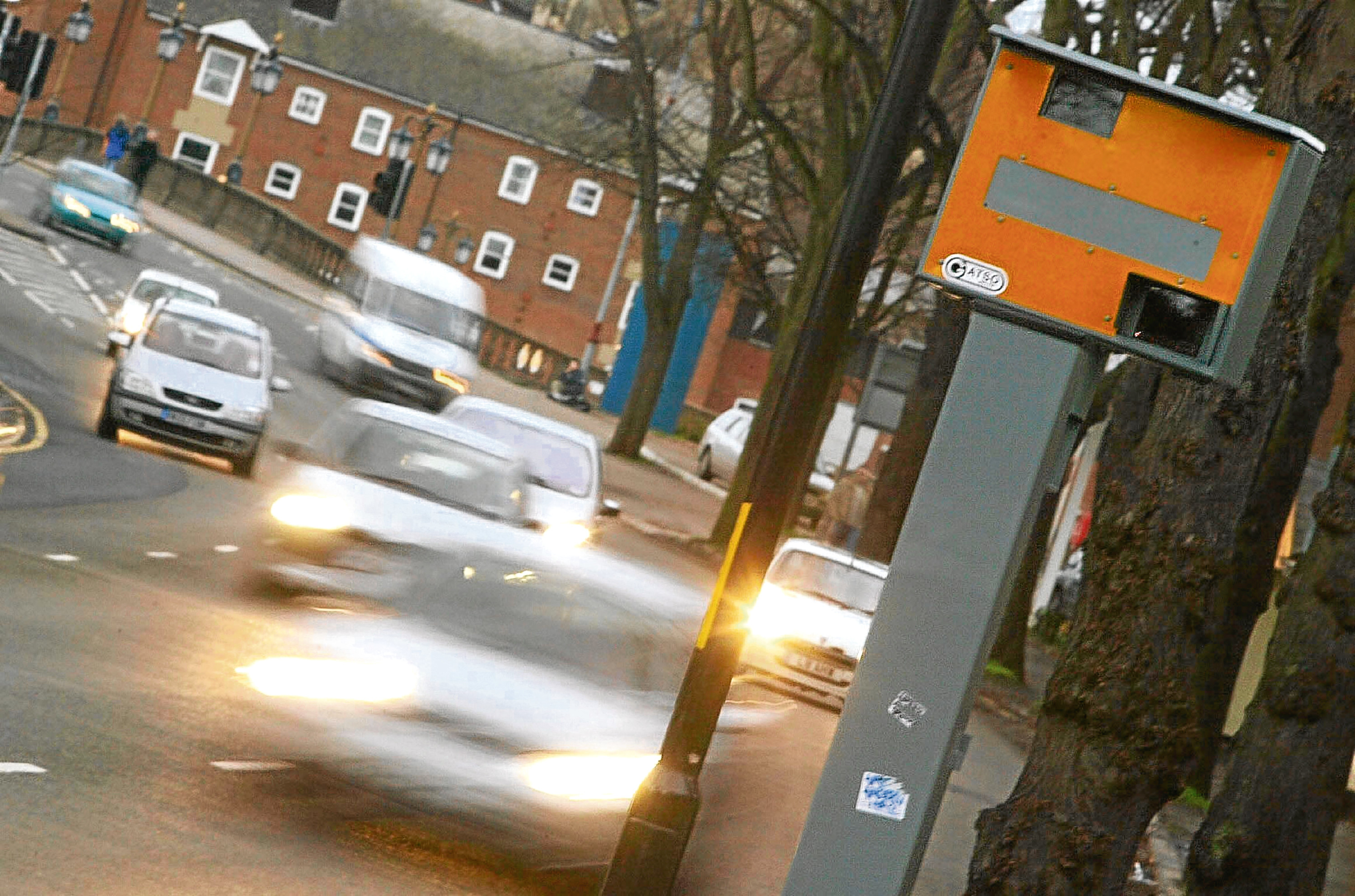Could 20mph zones be undermining the fight against speeding?
According to a new study, progress on making speeding as socially unacceptable as drink driving is being slowed down by confusion surrounding 20mph speed limits.
A survey of 2,000 motorists conducted by road safety charity IAM RoadSmart found that 96% of drivers believe drink driving to be socially unacceptable.
Despite this, recent statistics from the Department of Transport saw 81% of cars exceeding 20mph speed limits on a regular basis.
Neil Greig, director of policy and research at IAM RoadSmart, said: “The main problem is clearly getting drivers to comply on the ever increasing number of roads in our towns and cities with a 20mph limit.
“IAM RoadSmart have always felt that blanket 20mph limits, enforced by signposts only, are simply not enough to convey the reason for slowing down to drivers. “Targeting the worst locations with traffic calming and other engineering features is a much more effective way to make 20mph limits self-enforcing.
Speed limits on roads with consistent compliance problems need to be reviewed more frequently.
Speeds across most roads have fallen since 2011. However, speeding was a factor in 15% of all fatal road crashes in 2016 – 5,350 incidents in all – though this was lower than the 2015 figure.
Greig added: “It’s really good news for road safety that the roads with the highest speed compliance are actually our most dangerous – 60mph rural single carriageways.
“Recent government, police and road safety charity campaigns have highlighted this issue and it does appear that the message is getting through.”
“We must all work to make it easy to stick to the speed limit and our main concern is that widespread confusion over 20mph may be undermining a more general trend to slow down.”
jmckeown@thecourier.co.uk
